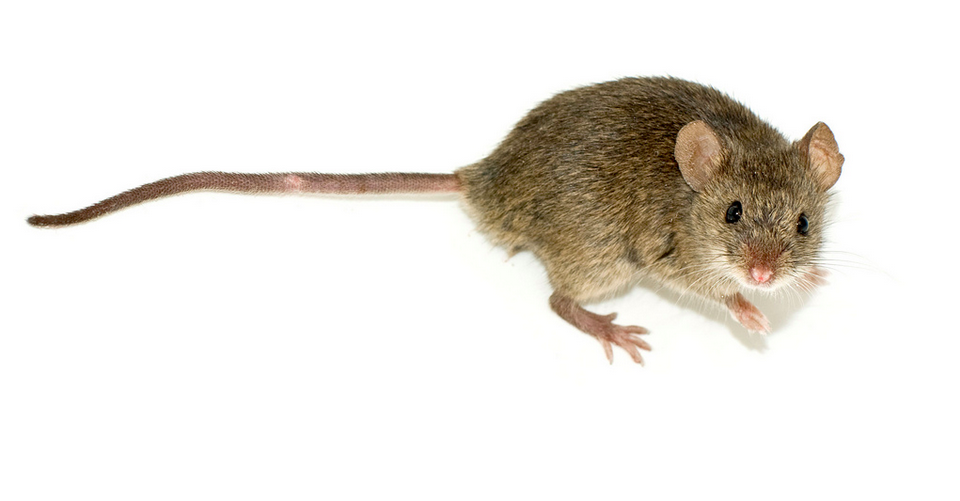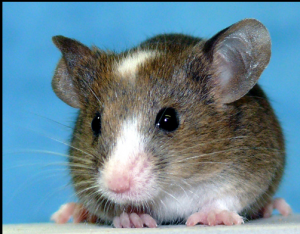Dwarfism is a condition that affects the growth of an individuals body. It is caused by a mutation in the FGFR3, the gene that provides instruction for making a protein involved in normal brain and bone development. The most common form of Dwarfism is achondroplasia. Sufferers from this particular type of dwarfish often have small legs and small arms with an abnormally large head, although there are other variations. The obvious physical effects of dwarfism, are however only one aspect of the problem. The more serious consequence of achondroplasia is that patients often experience hearing, breathing, and spine problems. All of these problems result in a very uncomfortable lifestyle, and they frequently lead to premature death.
A team of French researchers have recently discovered a “decoy” protein that helps stimulate bone growth among mice with dwarf-like characteristics. When the decoy protein was injected it prevented binding with the mutant receptor. In doing so it allowed for normal bone growth in the mice. Further, in addition to bone growth, ,the protein was found to diminish premature mortality amongst the mice.
Scientists now hope to use the knowledge gained in this study of sFGFR3 on mice, and advance the research to human test patients. Although members of the dwarf community reject the idea that dwarfism is something that needs to be “cured” in the traditional sense, researchers respond that the value in the treatment is not about restoring normal size. They are equally concerned with correcting the underlying medical issues that often develop in dwarfs, such as spinal compression. According to head researcher Elvire Gouze “yes they will be taller, but the most important thing is they [people with dwarfism] will avoid costly life or death surgery later in life.”
In addition to the breakthrough of the decoy sFGFR3 protein, researchers at BioMarin Pharmaceutical in Novato, California have been researching the BMN-111. They too hope to find similar results for patients suffering from the side effects of achondroplasia.
Photo Resource: http://www.flickr.com/photos/dullhunk/7095792663/in/photolist-bP2MWP-9EWeHP-bfsWsP-bfsW4D-bfsVTv-bfsWd6/
Read more at:
http://www.dailymail.co.uk/sciencetech/article-2430021/Dwarfism-treatment-protein-injections-possible-3-years.html
http://stm.sciencemag.org/content/5/203/203ra124.short?rss=1
http://www.dailypressdot.com/effects-of-dwarfism-could-be-reversed-in-the-near-future-thanks-to-a-new-drug/759993/
Article Resource:
http://www.nytimes.com/2013/09/24/science/decoy-protein-boosts-bone-growth.html?src=me



celine2
This article is very interesting! I am glad to see that we’ve progressed in solving the potential dangers of dwarfism. I’ve read an article that was published in 2008 which talks about the hope of finding a growth hormone that will eventually solve the problem of dwarfism and starting the tests on animals. it is very interesting to see how much difference we can make in 5 years. Here is the link to my article: http://esciencenews.com/articles/2008/06/17/scientists.find.potential.protein.biomarkers.growth.hormone
rubinka
Great post! I think you explained this complicated topic very well! This is an important issue- and it sounds like good progress is being made in the field for something that affects so many people. I agree that it’s not so much about restoring people affected by this condition to normal size but instead about treating the underlying medical issues that can often appear. I did a little research about FGFR3, and here’s a link that describes the gene a little bit—and its functions: http://ghr.nlm.nih.gov/gene/FGFR3. Great job!